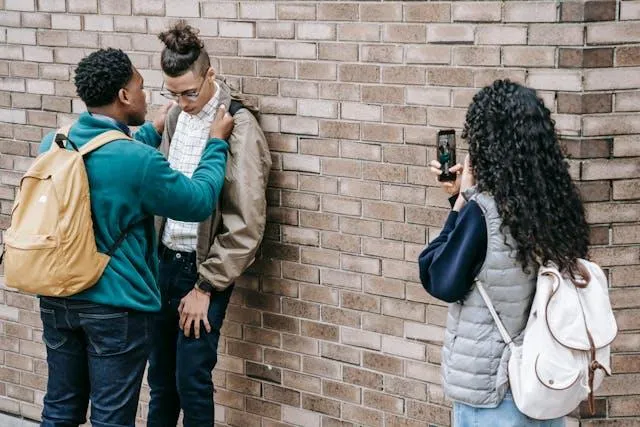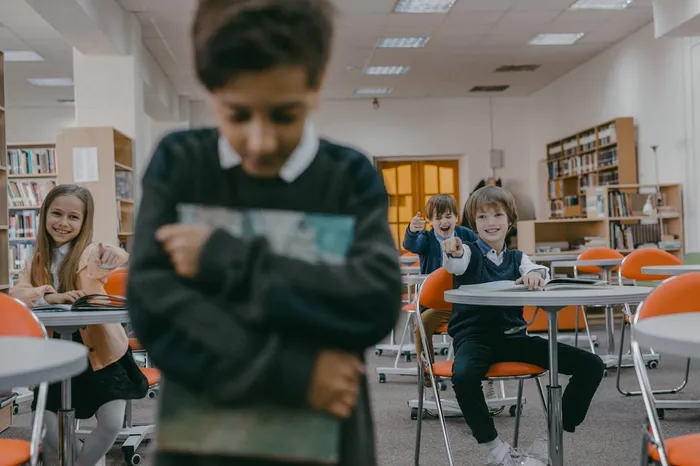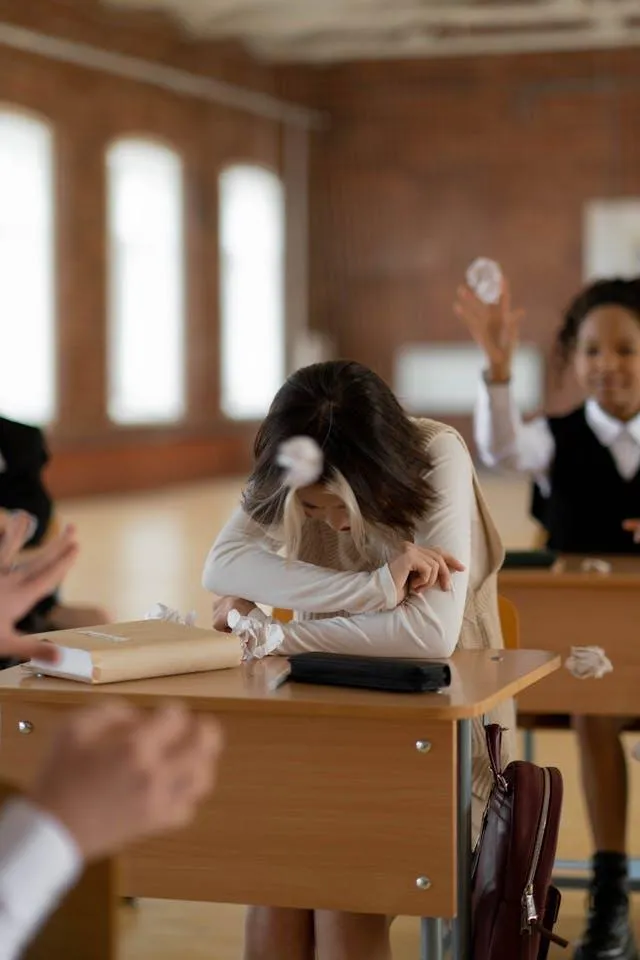Why ignoring bullying is like bandaging a deep wound: the scars run deeper

If you or your child needs help, reach out to your school counsellor, talk to a trusted teacher, or contact Childline South Africa.
Image: Keira Burton /pexels
In playgrounds, WhatsApp groups and school corridors across South Africa, bullying isn’t just a playground drama; it’s a silent crisis reshaping children’s mental health, social life and future relationships.
Once brushed off as a “rite of passage,” bullying now affects an estimated 40% of school-going children, according to research from the Department of Basic Education.
Even more alarming: one in three South African teenagers is a victim of cyberbullying, where group chats, doctored photos and social media shaming extend humiliation far beyond the school gates, leaving no safe space.
“We’re not just dealing with bruises anymore,” warns Dr Alicia Porter, psychiatrist and board member of the South African Society of Psychiatrists (SASOP).
Porter adds, “Children become anxious, depressed, and sometimes even suicidal. The psychological wounds often last far longer than the physical ones.”
Children who are bullied often hide what’s happening, only speaking out after repeated trauma. What’s left behind is deep: loss of self-esteem, academic decline, social withdrawal and sometimes self-harm.
Porter says the real tragedy is that these aren’t just childhood memories.
“We see adults still haunted by bullying decades later, struggling with trust issues, PTSD, anxiety and relationship challenges. These are psychological injuries, not just stories from the past.”
A 2022 study in the Journal of Child Psychology and Psychiatry found that children who are frequently bullied have double the risk of developing clinical depression by adulthood. That’s a generational wound, and it’s one South Africa can’t afford to ignore.
The different faces of bullying
While bullying cuts across gender, age and race, Porter explains that the forms it takes can differ:
- Boys often experience physical bullying, such as shoving, fighting or threats.
- Girls are more likely to face relational bullying, exclusion, name-calling and malicious rumours.
But lines blur fast. Emotional bullying leaves scars just as deep as physical bruises, and many kids experience both.
Right here at home, bullying can also mirror broader social issues: children from different races, ethnicities or socioeconomic backgrounds often find themselves targeted, particularly in multi-ethnic or under-resourced schools.

Schools must report and investigate bullying claims clearly and consistently. Victims need to know they’ll be heard and protected.
Image: Mikhail Nilov/pexels
Why do kids even bully?
“Bullying doesn’t happen in a vacuum,” Porter emphasises. Research shows many bullies have their own trauma, neglect, violence at home or lack of emotional support. Others bully to feel powerful, cope with insecurities or win approval in a group.
“It often only takes one child to start, but peer pressure turns cruelty into a show,” says Porter. “And sadly, many schools aren’t equipped or resourced to intervene.”
When bullying goes unchecked, it shapes the whole school environment: cruelty becomes normal, victims stay silent, and bystanders learn that silence is safer than speaking out.
What’s being done and what still isn’t
Legally, the South African Schools Act (1996) and Section 6 of PEPUDA (2000) require schools to protect children from bullying. School governing bodies must create and enforce anti-bullying codes of conduct. But reality often looks different.
Some urban schools have structured anti-bullying programs and policies, but rural or underfunded schools frequently lack training, counselling services or consistent enforcement. Many incidents go unreported or are dismissed as “kids being kids.
What happens at school doesn’t stay at school.
When bullying becomes normalised, when teachers look away or when schools have no clear policy, it feeds a cycle of fear that can swallow a child’s entire school life.
- Academic performance drops.
- Absenteeism rises.
- Friendships fracture.

When bullying becomes normalised, when teachers look away, or schools have no clear policy, it feeds a cycle of fear that can swallow a child’s entire school life
Image: cottonbro studio/pexels
So, how do we break the cycle?
Experts like Porter insist that schools can’t tackle bullying alone. Parents, teachers, communities, and even kids themselves need to be part of the solution.
Here’s what works:
- Prevention first: Teach kids about kindness, respect and empathy early.
- Emotional literacy programs and peer mentorship help kids see each other as humans, not targets.
- Zero secrets: Schools must report and investigate bullying claims clearly and consistently. Victims need to know they’ll be heard and protected.
- Support both sides: Bullies need help, too. Many are acting out the pain of their own. Counselling and rehabilitation can stop them repeating the cycle.
- Safe teachers: Teachers need trauma training to spot signs of distress and intervene sensitively.
- National muscle: A stronger national anti-bullying law could help unify policies and funding for mental health care in schools. Right now, it’s patchy and unequal.
“This is a crisis hiding in plain sight,” Porter says. “If we don’t treat bullying as a serious mental health and human rights issue, we’re failing a generation.”
If you or your child needs help: Reach out to your school counsellor, talk to a trusted teacher, or contact Childline South Africa (0800 055 555) for 24/7 support.